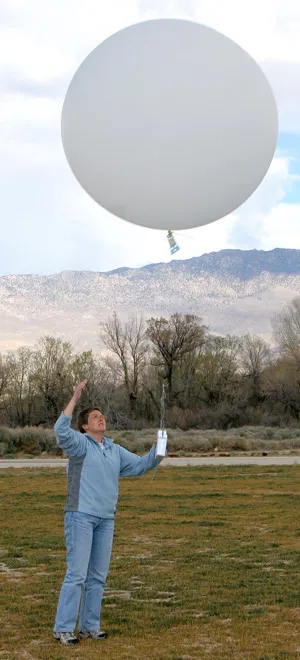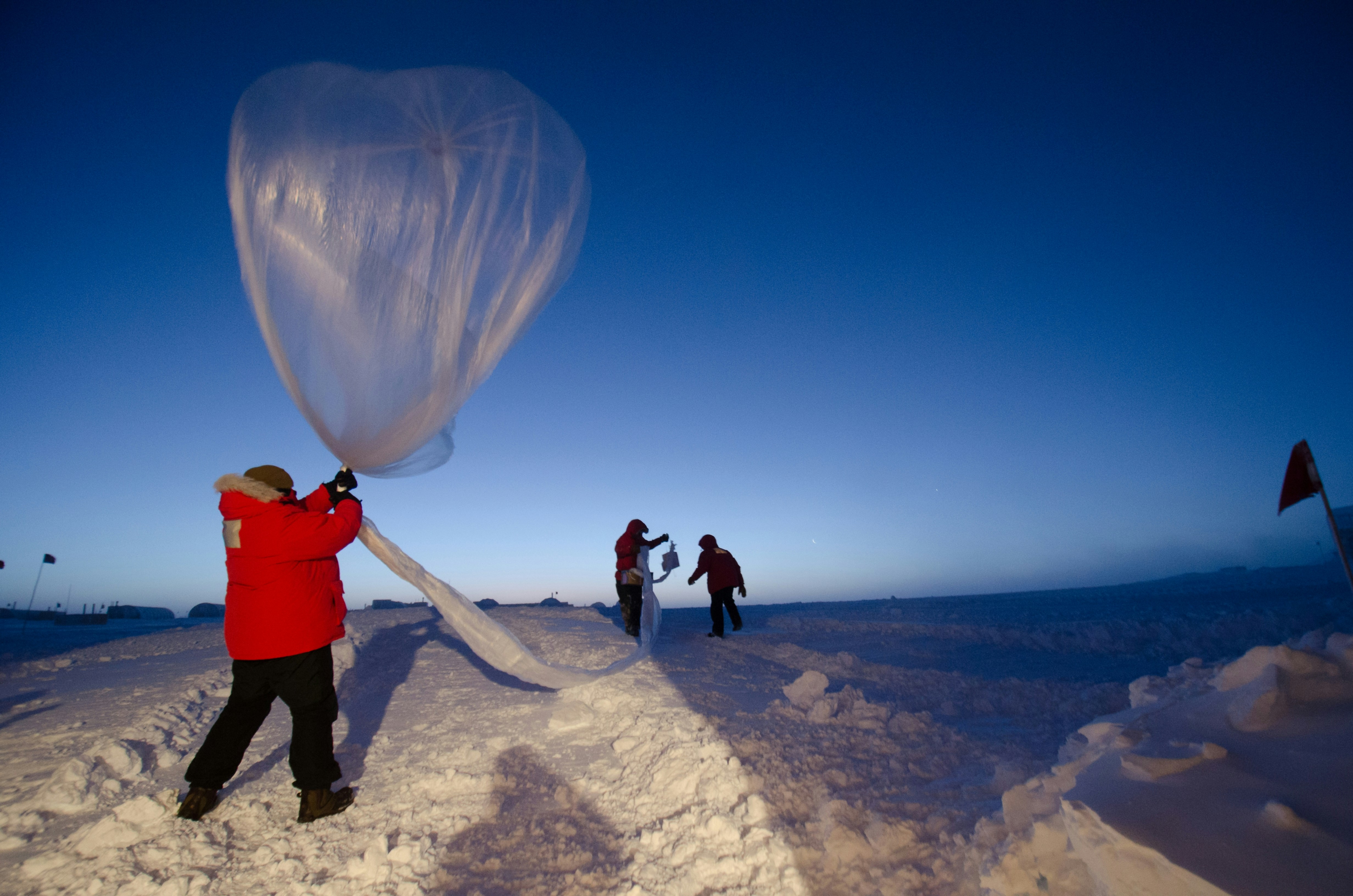Okay, so, I got this idea to mess around with weather balloons for a bit. I mean, who hasn’t looked up at those things floating away and wondered what they’re all about?

First off, I had to get my hands on a balloon. Not just any party balloon, mind you. These are big, made of latex or something similar, designed to go way up high. I also grabbed a radiosonde, which is basically a small box full of gadgets that measures stuff like temperature, humidity, and pressure.
The next step was to fill the balloon with helium. Let me tell you, watching this massive balloon inflate was pretty cool. I had to make sure it had enough lift to carry the radiosonde but not so much that it would just shoot off like a rocket.
Once the balloon was ready, I attached the radiosonde to it with a long string. It’s important to keep them separated so the balloon’s temperature doesn’t mess with the readings. Then came the fun part – the launch! I picked a clear, calm day and a big open field, far away from any airports, of course.
As soon as I let go, the balloon started rising, and I tracked it using this ground equipment that receives signals from the radiosonde. I watched as it went higher and higher, above the clouds. It was wild to think it was up there, beyond where even planes fly. During the two hours ascent, it was sending back all this data.
The data started rolling in, and let me tell you, it was a lot. Temperature, humidity, pressure, wind speed and direction – you name it. The balloon kept climbing until it eventually popped, which is what’s supposed to happen. A small parachute on the radiosonde then deployed, bringing it safely back to earth.

I tracked the radiosonde’s descent and went to pick it up. It was like a little treasure hunt! Once I got it back, I downloaded all the data to my computer. It’s pretty amazing how much information you can get from these things. The data is not that useful for me. But I know that it is crucial in understanding the likelihood of severe weather.
After analyzing the data I found that weather balloons carry an instrument called a radiosonde which is tracked by specialized ground equipment. And that’s all I need to know. Also, I found that climate change projections are made using computer models. And huge amounts of climate data collected around the world feed into these models.
This whole experience got me thinking about how important these balloons are for weather forecasting and climate studies. They provide crucial data that helps scientists understand our atmosphere and predict weather patterns. Plus, it was just a blast to do. There’s something really satisfying about launching something into the sky and getting real, tangible data back from it. If you ever get a chance to try this, go for it! It’s a great way to learn and have some fun at the same time.
